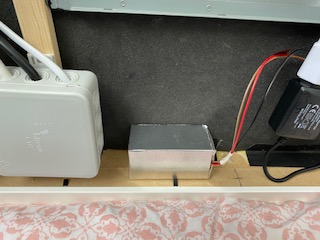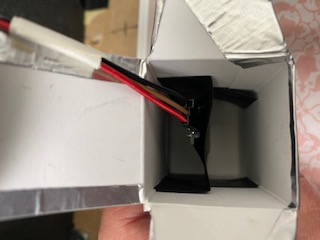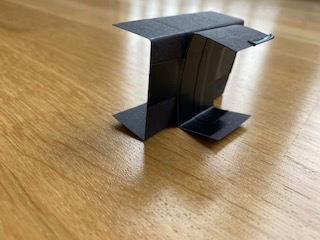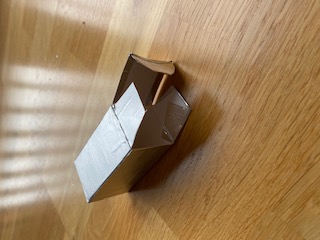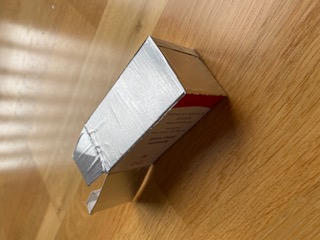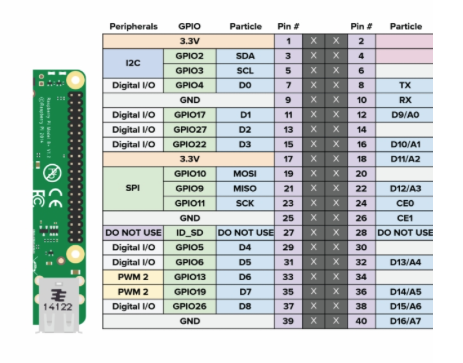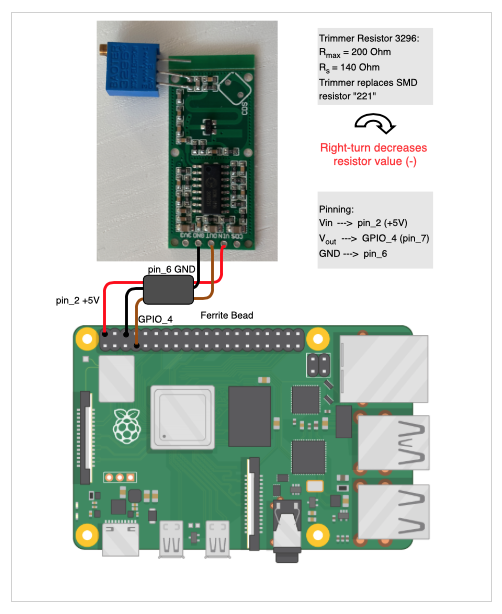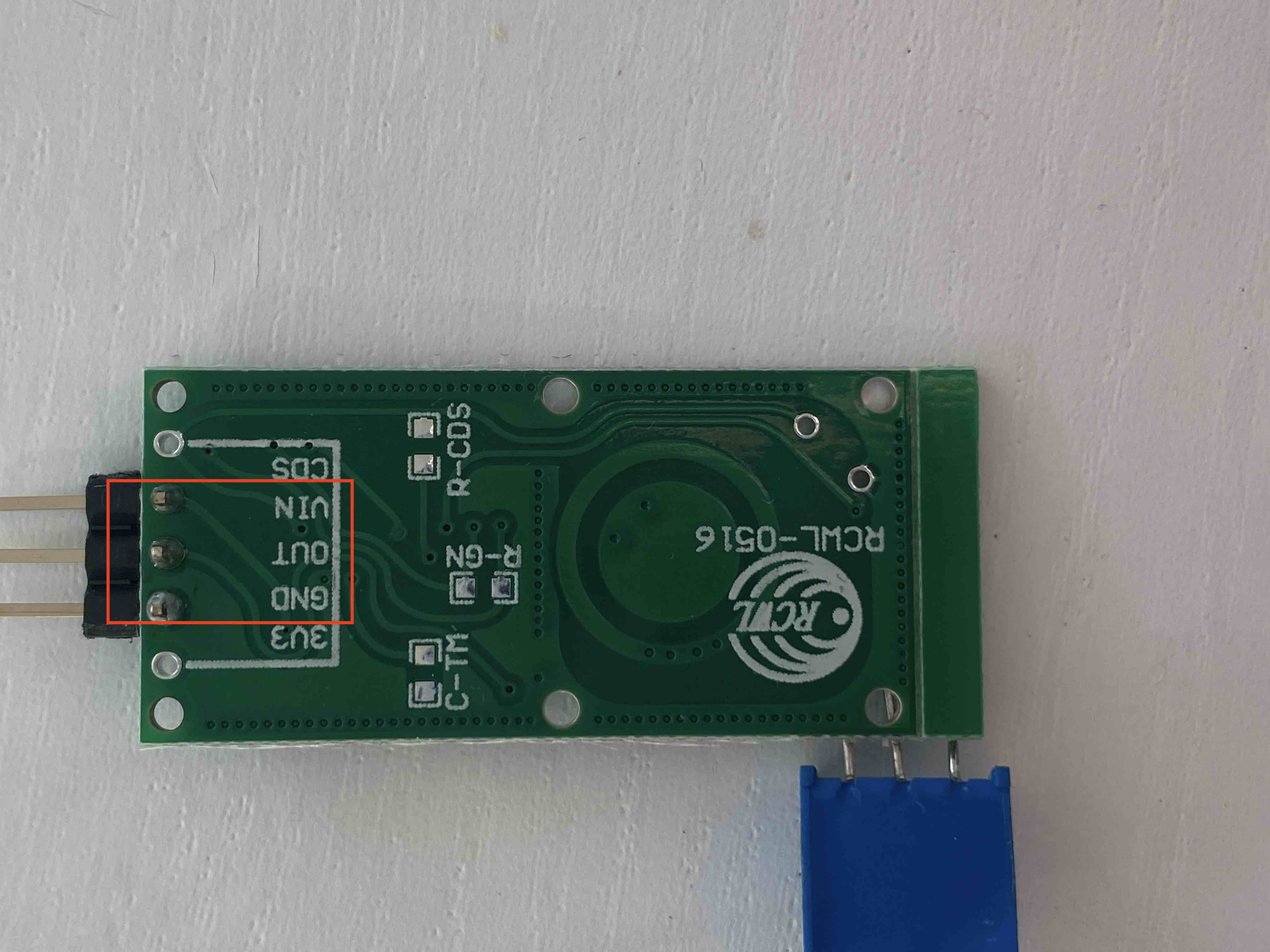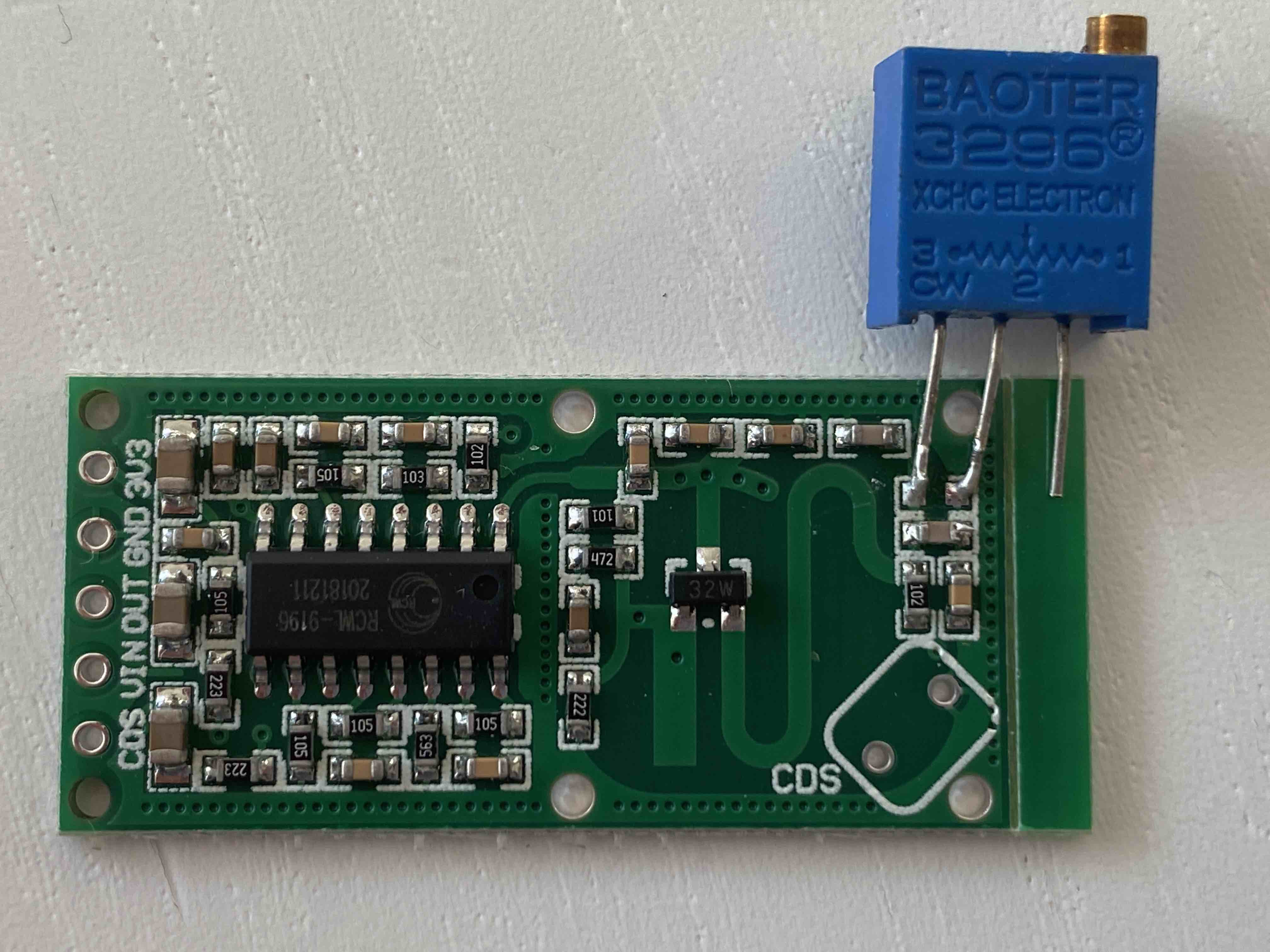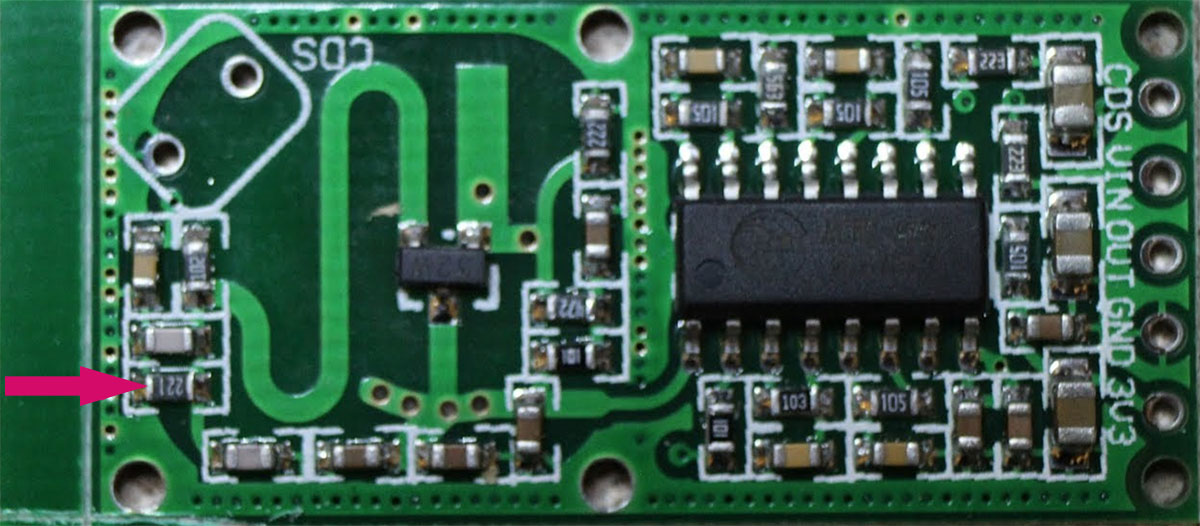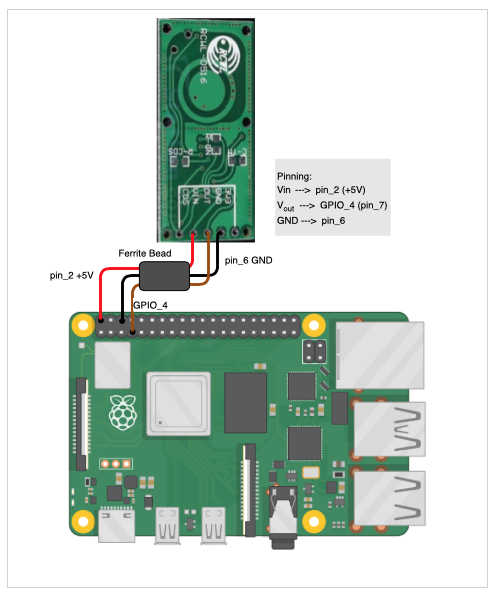Read the statement by Michael Teeuw here.
UPDATE: Replaced my PIR-Sensor with a Doppler Microwave Sensor.
-
Update on my MM setup. I finally took the time and now I have a working microwave sensor using the MMM-NewPIR module to automatically turn off and on LCD screen. For testing, I set the trimpot to 160ohms and it works ok through the normal glass. And this is all working on pi4 (2GB ram) using Rapsberrian. I have no clue why now all the sudden pi4 works just fine. Last week when I was testing I gave up :).
Anyway, so far good and happy with the setup. Now waiting for mirror glass and then setting up the sensor sensitivity and assembly.
-
@uros76 Great to hear that it’s working now!
-
@Fozi Hi I was following the steps and everything is working fine I’m using the same pir module as you with the same configuration. But TV when I launch the mirror the screen is blank and at first it meant that the mirror was working and started moving my hand in front of the sensor and nothing. Is it necessary to solder the pins to the sensor for it to activate? If so then that must be my problem. I haven’t seen many other sources of a microwave sensor with raspberry pi only PIR and I would be greatly appreciate for your input.
-
@Philly I gave up on PIR as it was giving me too many false-positive reads no matter which type or brand I tried. Simply too unreliable for my taste. And you need to position it in front of mirror glass which doesn’t look good on my slim smart mirror design.
The microwave sensor mentioned in this thread works perfectly for my mirror so far. I had to set the trimmer value a bit higher (close to 180ohm) to get an ideal sensing range. But as you see on the link above, my design has a sensor behind glass. -
@Philly Sorry for coming back somewhat late, was ill the last few days. Yes you need to solder the pins to the sensor, as they are then connected with Dupont cables to the GPIO on the RPi. Probably the pins are not soldered cleanly and don’t provide electrical contact.
-
This post is deleted! -

Hi thank you for responding, I recently bought a soldering iron and soldered the pins to the sensor and I’m still having trouble having it turn on the smart mirror. I’ve attached a picture, I don’t think the module is the problem and made sure the cables are attached to the right pins, could it be the soldering? Sorry to bother I’m new at this. -
@Philly From what I see in the picture the soldering seems to be OK, but I’m not sure you wired it correctly on the GPIO. The picture is somewhat blurry, so I can’t recognize it well enough.
The red wire should go to the first right pin, which provides +5V. From the picture it seems to go to the first left pin, which provides only 3.3V.
The black wire seems to go to the second right pin, which also provides +5V. It should go to the third right pin for GND.
Finally, the brown wire appears to go to the third left pin, which is provides a SCL signal (serial clock) and is reserved for I2C. Don’t use that, but the forth left pin, which is a digital I/O.
Please check the wireing again according to my description and adjust also the config.js accordingly.{ module: 'MMM-PIR-Sensor', disabled: false, config: { sensorPin: 4, powerSavingDelay: 30, // (seconds) how long the monitor will be turned on } }, -
@Fozi I rechecked my wires and confirmed they were wired on the correct pins although the picture I sent does look off, the red wire is on the 5v, black is on gnd, and the brown wire is on GPIO pin 7. The config.js is also configured accordingly but when I npm start the Magic Mirror a blank screen continues to show. So I tried using the MMM_PIR module instead and got the same results, a blank screen. Not sure why the sensor’s not working
-
@Fozi
You wrote that you are using a double sensor is that this one?zerodis-HB100-Mikrowelle-Sensor-Modul-Doppler-detecor
